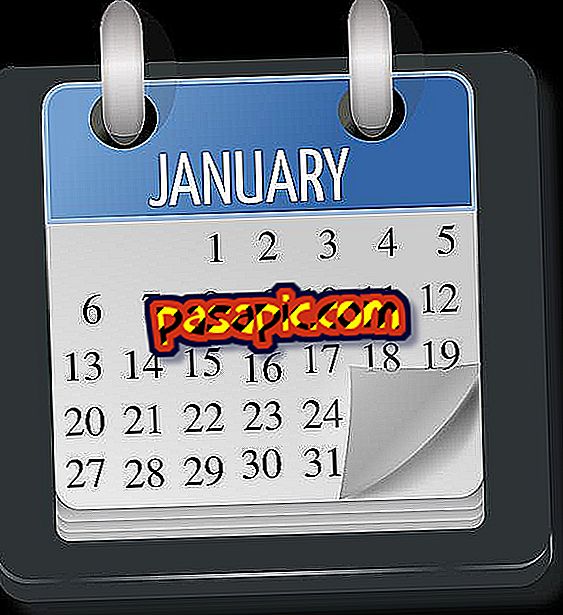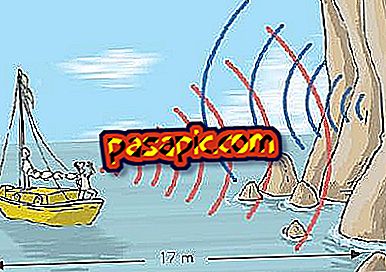What are the conjunctions

Conjunctions are a type of invariable words, that is, they never modify their form and serve to establish relationships between elements of a sentence . Likewise, when a group of words make the function of conjunction, we find ourselves before the conjunctive locutions . In Spanish, there are two types of conjunctions: coordinating and subordinating, and we want to explain in more detail what are the conjunctions so that you do not have any doubts.
What are the coordinating conjunctions
Coordinating conjunctions are those that unite elements, whether words, phrases or sentences. We can differentiate different types of coordinating conjunctions:
- Copulative conjunctions: indicate sum -> y, e, ni, that
- Disjunctive conjunctions: to indicate exclusion -> o, u, or
- Adverse conjunctions: they express opposition -> although, but, more, however, but, nevertheless, nevertheless, nevertheless, on the contrary, rather, although.
- Distributive conjunctions: indicate alternative actions that are not excluded -> well ... well, already ... already, be ... be, or ... or
- Explanatory conjunctions: clarify or explain ideas -> that is, this is
What are the subordinating conjunctions
On the other hand, the subordinating conjunctions are those whose function is to unite the subordinate sentence to the main one, that is, they determine levels of hierarchy.
- Causal conjunctions: they express cause or motive -> well, because, since .
- Consecutive or ilative conjunctions: indicate the consequence of what has just been expressed -> then, therefore, consequently, so, consequently, so that .
- Concessive conjunctions: show a difficulty or opposition -> although, although, although, although, for more than
- Comparative conjunctions: establish a comparison between terms -> more ... than, as ... as, less ... than, as well as, that, in this way
- Final conjunctions: indicate the purpose -> for, because, so that, so that, to which, with the object of, with the intention that
- Place conjunctions: they mark the place of action -> where, where
- Conditional conjunctions: express a condition or need -> yes, but yes, otherwise , provided, provided, once
- Temporary conjunctions: used to express a temporal relationship -> when, while, before, then, after, immediately
- Modal conjunctions: used to designate mode or manner -> according, according to and how, so that.


